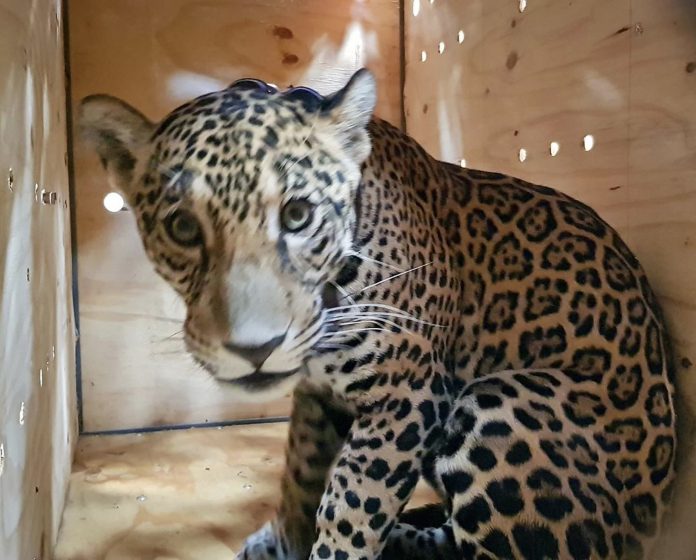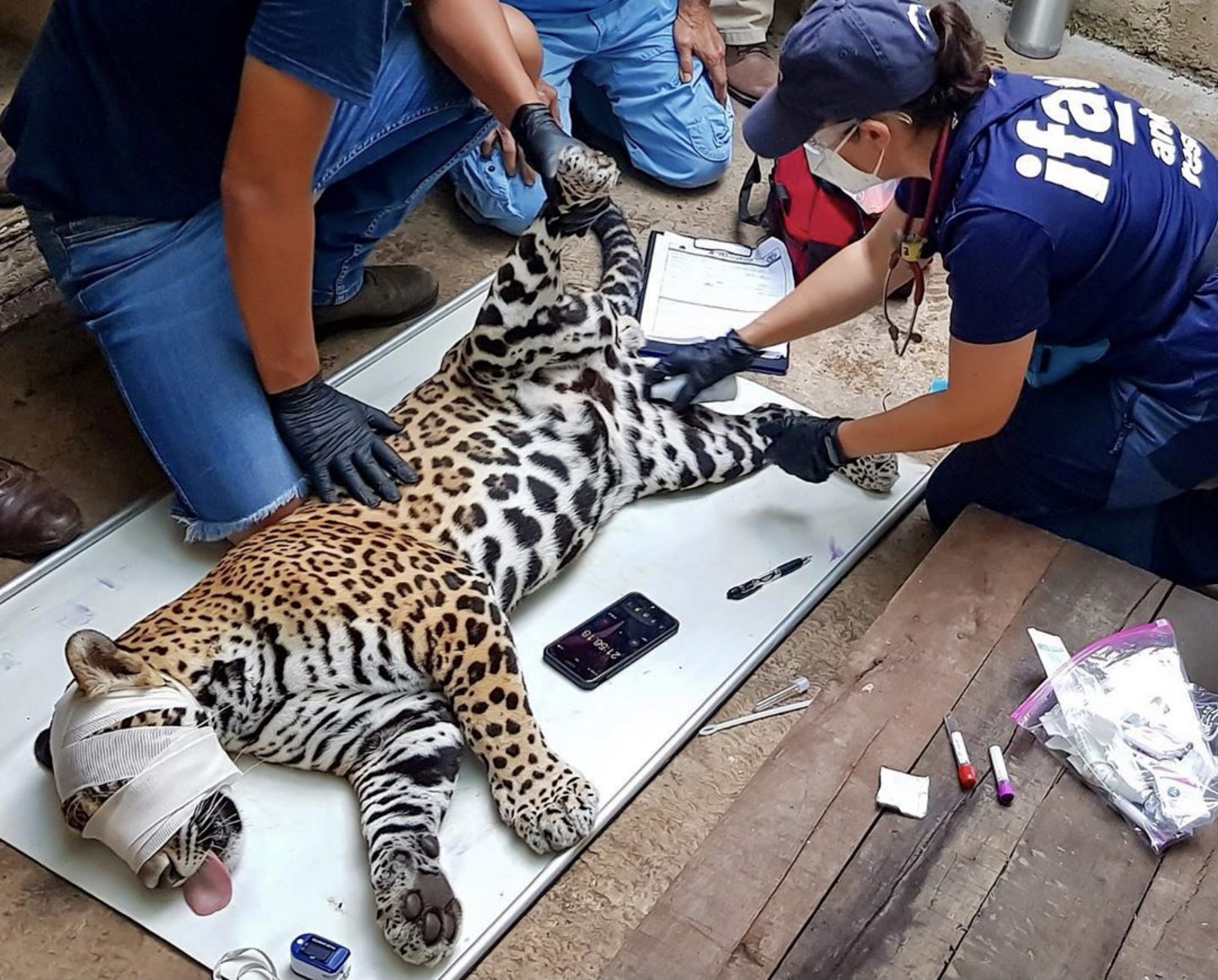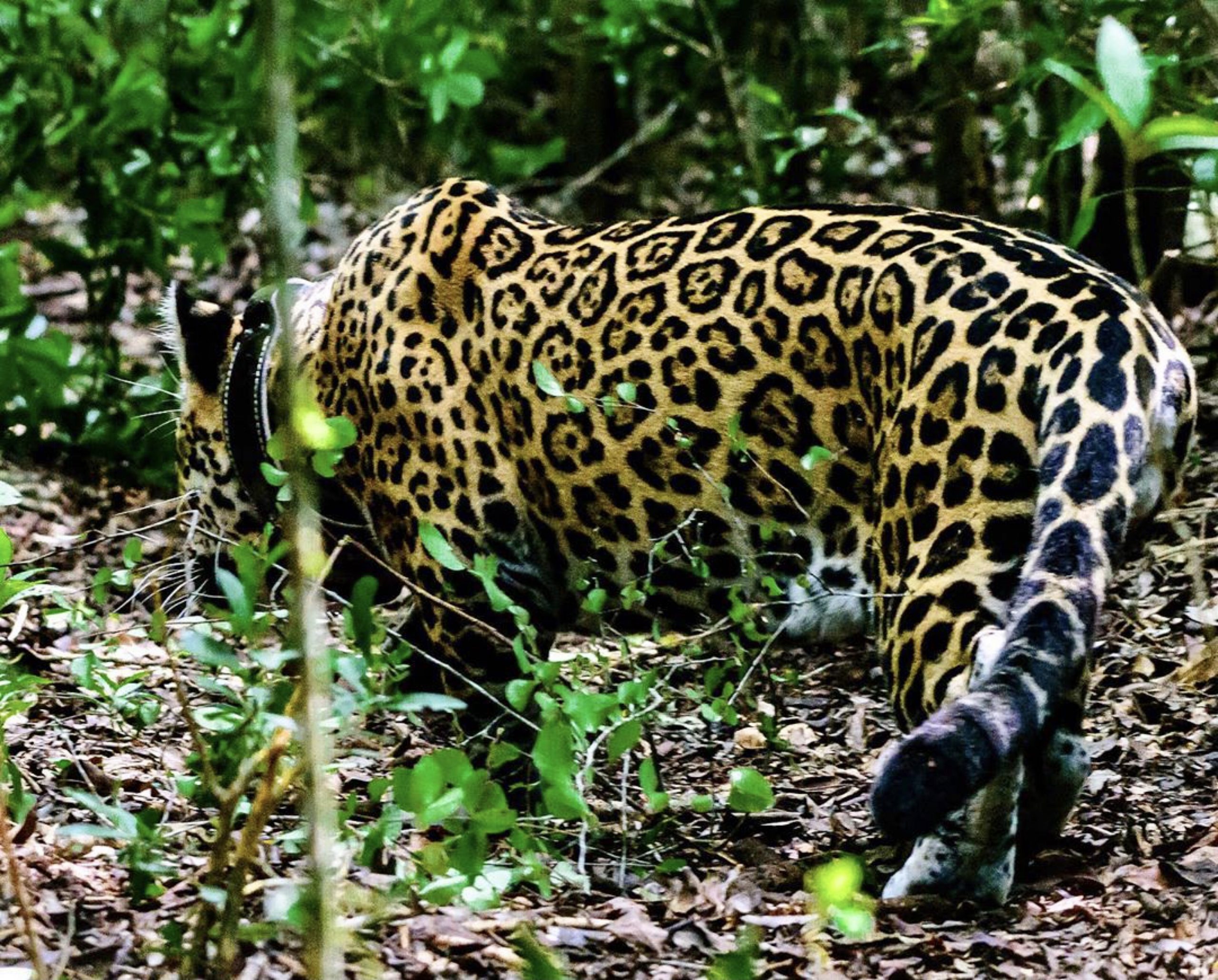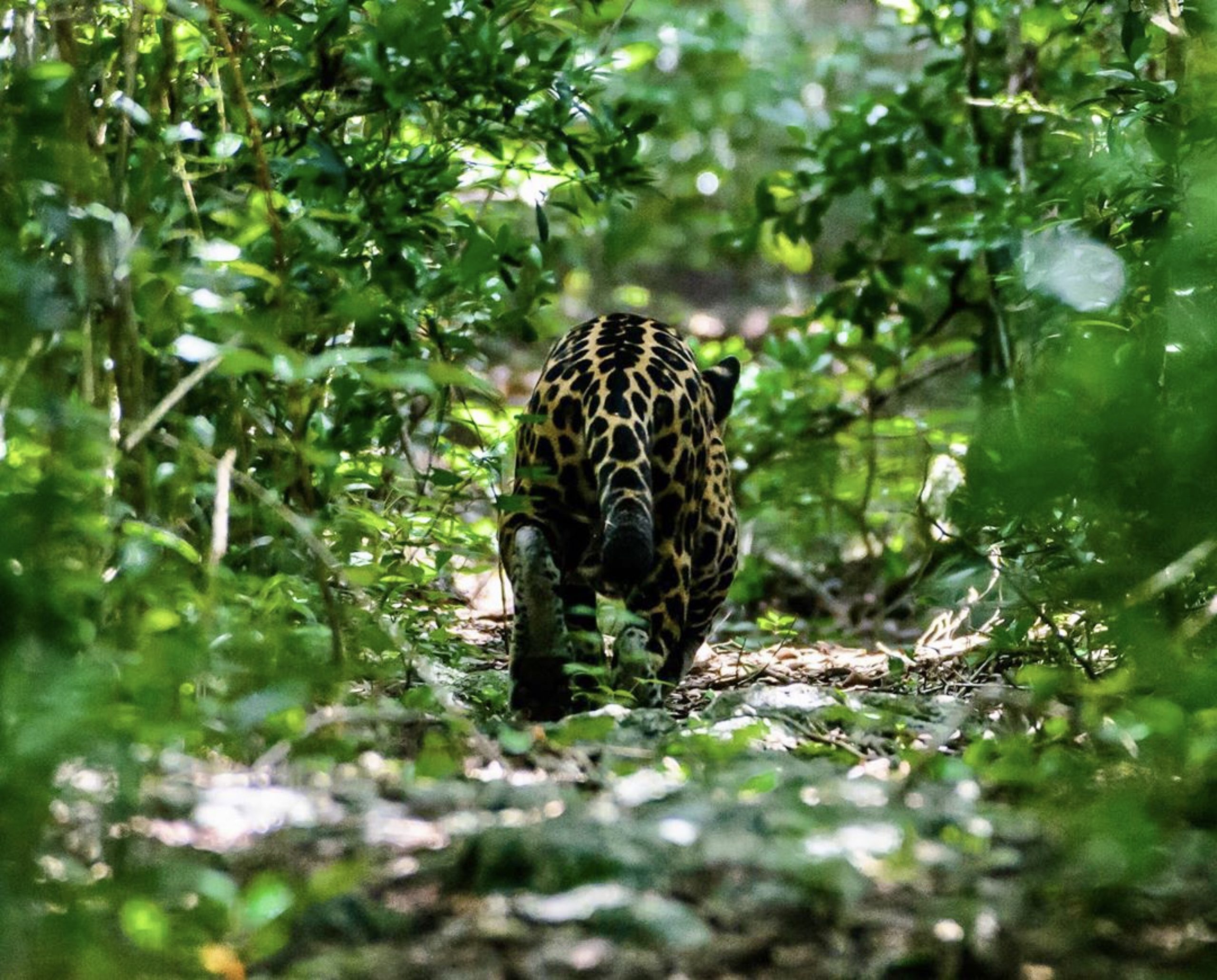
IFAW Along With Local Partners Release Rescued Jaguar Back Into The Wild After Being Hit By A Car In Mexico
You can help all animals and our planet by choosing compassion on your plate and in your glass. #GoVeg
RELATED ARTICLES
Banning Cruelty: New Legislation Aims To Ban Octopus Farming In The U.S.
New bipartisan legislation has just been introduced in the U.S. to ban commercial octopus farming and prohibit imports of farmed octopus from foreign countries.
The...
Outrage In Yellowstone! Grizzly Bear Killed By Wildlife Officials & Left With Head & Paws Cut Off
Photo by: Trisha McFarland / Cowboy State Daily
A photo of a dead grizzly bear with its head and paws cut off has caused an...
Inside Florida’s Illegal Horse Meat Trade: Undercover Footage Shows Racehorse Being Shot & Butchered
A heart-wrenching discovery of illegal horse slaughter has emerged, with video footage exposing the tragic killing of a racehorse named 'Funny Biz,' who was...
Popular stories
Breaking News
New Red Wolf Recovery Plan Calls For More Reintroductions With Only 13 Remaining In The Wild
In response to a legal victory by the Center for Biological Diversity, the U.S. Fish and Wildlife Service issued a new recovery plan for...
Breaking News
Captain Paul Watson Foundation Fights To Stop The Killing Of Endangered Fin Whales In Iceland
Captain Paul Watson Foundation is launching Operation Ice Storm from Albert Dock in Yorkshire to directly oppose Iceland's last whaling company, Hvalur hf. Paul...
News
WAN Talks With Mike Stura, Founder Of Skylands Animal Sanctuary, About Rescuing 7 Sheep Who Escaped Slaughter In New Jersey
Mike Stura is no stranger to the powerful highs and lows of animal rescue. This week, the longtime farm animal rescuer and Founder of Skylands Animal Sanctuary and...





